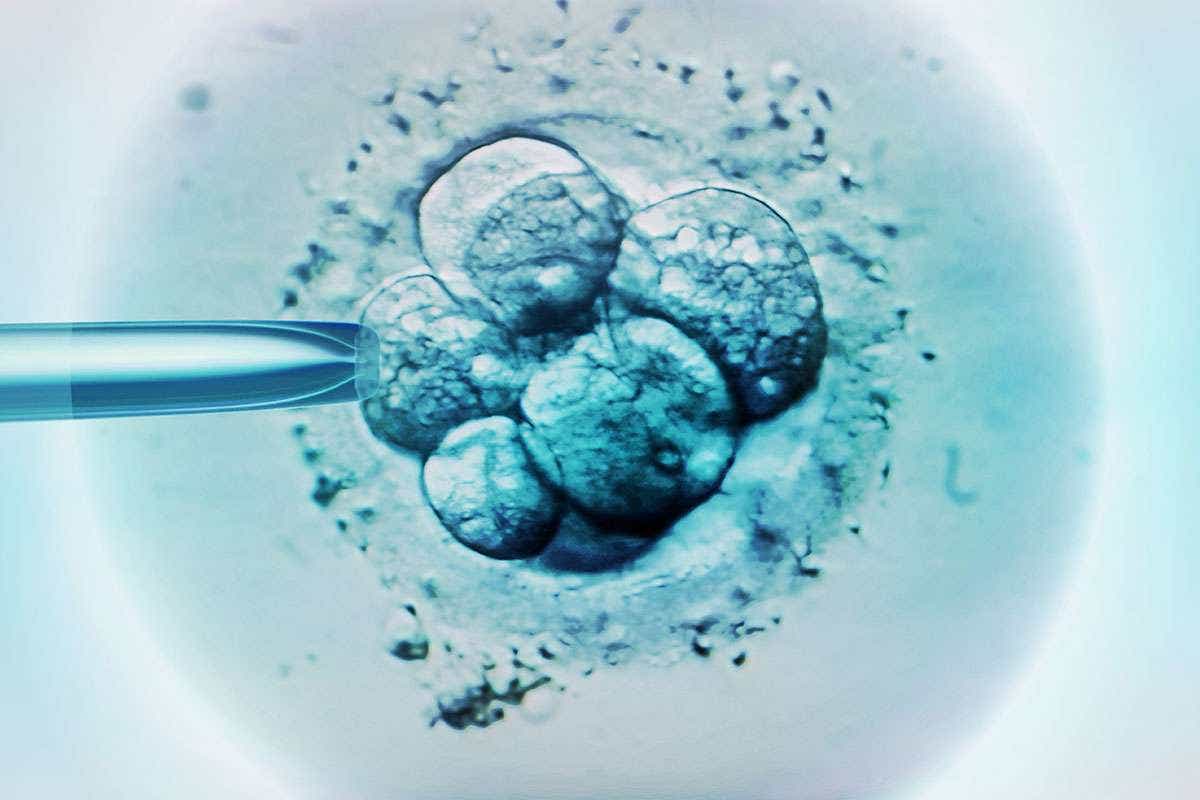CRISPR breakthrough guides immune system to find and destroy cancer cells
This approach has the potential to revolutionize cancer treatment and offers hope to patients who are resistant to current immunotherapy

This innovative approach has the potential to revolutionize cancer treatment and offers hope to patients who are resistant to current immunotherapy methods. (CREDIT: Getty Images)
In a groundbreaking development in the fight against cancer, researchers from Japan and the United States have unveiled a cutting-edge technology that harnesses the power of CRISPR to enhance the visibility of cancer cells to the immune system.
This innovative approach has the potential to revolutionize cancer treatment and offers hope to patients who are resistant to current immunotherapy methods.
At the heart of this breakthrough is the manipulation of Major Histocompatibility Complex (MHC) class I molecules, which play a pivotal role in immune recognition and cancer cell elimination. All human cells display MHC class I molecules on their surfaces, acting as beacons for the immune system to identify and destroy abnormal or cancerous cells.
However, cancer cells possess a devious mechanism to evade immune surveillance by actively reducing their MHC class I molecules. This stealthy maneuver enables cancer cells to avoid drawing the attention of CD8+ T cells, which are the immune system's primary warriors against cancer.
Related Stories
The international team of researchers, led by Professor Koichi Kobayashi of Hokkaido University in Japan and Dr. Paul de Figueiredo at the University of Missouri, embarked on a mission to counteract this evasive tactic employed by cancer cells.
Their efforts culminated in the development of a novel technology, aptly named the Targeted Reactivation and Demethylation for MHC-I (TRED-I) system, which has the potential to revolutionize cancer treatment. Their groundbreaking findings were published in the esteemed journal Proceedings of the National Academy of Sciences.
Professor Kobayashi explains the significance of their discovery, stating, "Our discovery has the potential to transform the way we approach cancer treatment. Our technology enables us to specifically target immune-responsive genes and activate the immune system against cancer cells, offering hope to those who are resistant to current immunotherapy."
Compared with untreated cancer, the TRED-I system significantly reduced cancer size in mice models. (CREDIT: Xin Sun, et al.)
The researchers had previously identified a crucial gene known as NLRC5, responsible for regulating MHC class I levels. They discovered that in cancer cells, NLRC5 is suppressed through DNA methylation, effectively reducing the levels of MHC class I. To address this issue, the TRED-I system was designed to reverse the DNA methylation of the NLRC5 gene, subsequently reactivating it and increasing the levels of MHC class I within cancer cells. Importantly, this innovative approach does not cause severe side effects, making it a promising avenue for cancer treatment.
Dr. Paul de Figueiredo, a principal investigator at the Bond Life Sciences Center, emphasizes the urgent need for new cancer-fighting modalities, stating, "New modalities for fighting cancer like this are desperately needed because we have few solutions to fight some cancer types. This is a radically new approach, and I've felt lucky to be part of it."
Cancer-Immunity cycle and the points of intervention for NLRC5. Spontaneous death of cancer cells leads to the release of cancer antigens. (CREDIT: MDPI)
To assess the effectiveness of the TRED-I system, the researchers conducted experiments using animal cancer models. The results were nothing short of remarkable: the TRED-I system significantly reduced tumor sizes and increased the activity of cytotoxic CD8+ T cells, which are essential for combating cancer. When combined with existing immunotherapy approaches, TRED-I markedly enhanced treatment efficacy.
Perhaps the most astonishing revelation was that the TRED-I system exhibited effectiveness even for tumors located at a considerable distance from the originally targeted tumor, offering a glimmer of hope for treating metastasized cancers.
Professor Kobayashi concludes, "This work is the culmination of our team's research over the past decade. It's great to shed light on moving our findings to potential clinical applications. We believe with further refinement, the TRED-I system could contribute significantly to cancer therapy."
Dr. Koichi Kobayashi, pictured here in his lab at the Texas A&M Health Science Center College of Medicine, found that the gene NLRC5 is a novel biomarker for cancer patient survival and therapeutic response. (CREDIT: Texas A&M Health Science Center)
The next phase of research will focus on developing a method for the direct delivery of the TRED-I system to cancer patients. If successful, this approach could not only bolster the immune system's ability to eliminate cancer but also enhance the response to existing cancer therapies.
The potential implications of this groundbreaking technology are nothing short of transformative, offering a new ray of hope in the ongoing battle against cancer.
Note: Materials provided above by The Brighter Side of News. Content may be edited for style and length.
Like these kind of feel good stories? Get the Brighter Side of News' newsletter.
Joshua Shavit
Science & Technology Writer | AI and Robotics Reporter
Joshua Shavit is a Los Angeles-based science and technology writer with a passion for exploring the breakthroughs shaping the future. As a contributor to The Brighter Side of News, he focuses on positive and transformative advancements in AI, technology, physics, engineering, robotics and space science. Joshua is currently working towards a Bachelor of Science in Business Administration at the University of California, Berkeley. He combines his academic background with a talent for storytelling, making complex scientific discoveries engaging and accessible. His work highlights the innovators behind the ideas, bringing readers closer to the people driving progress.



